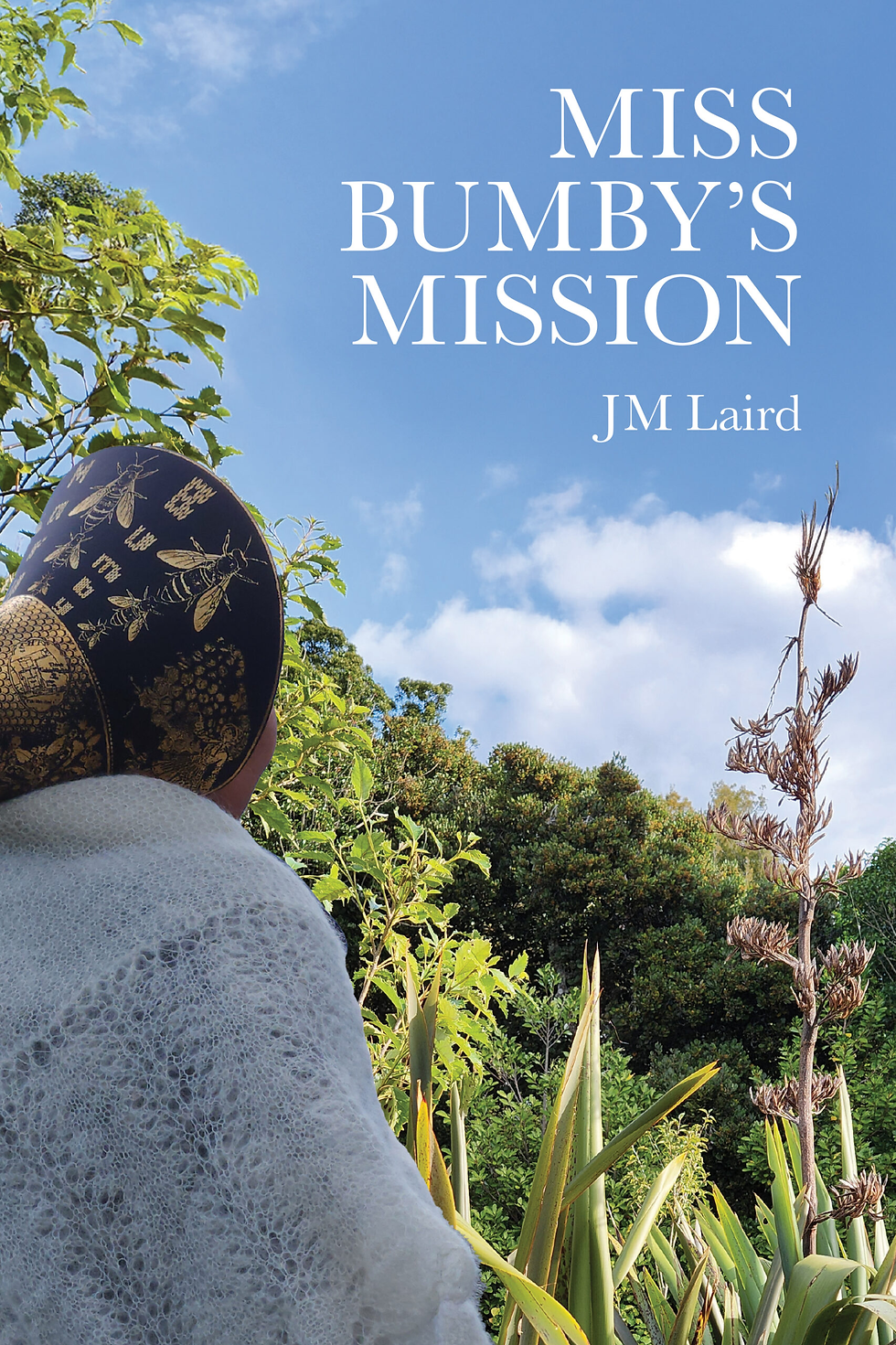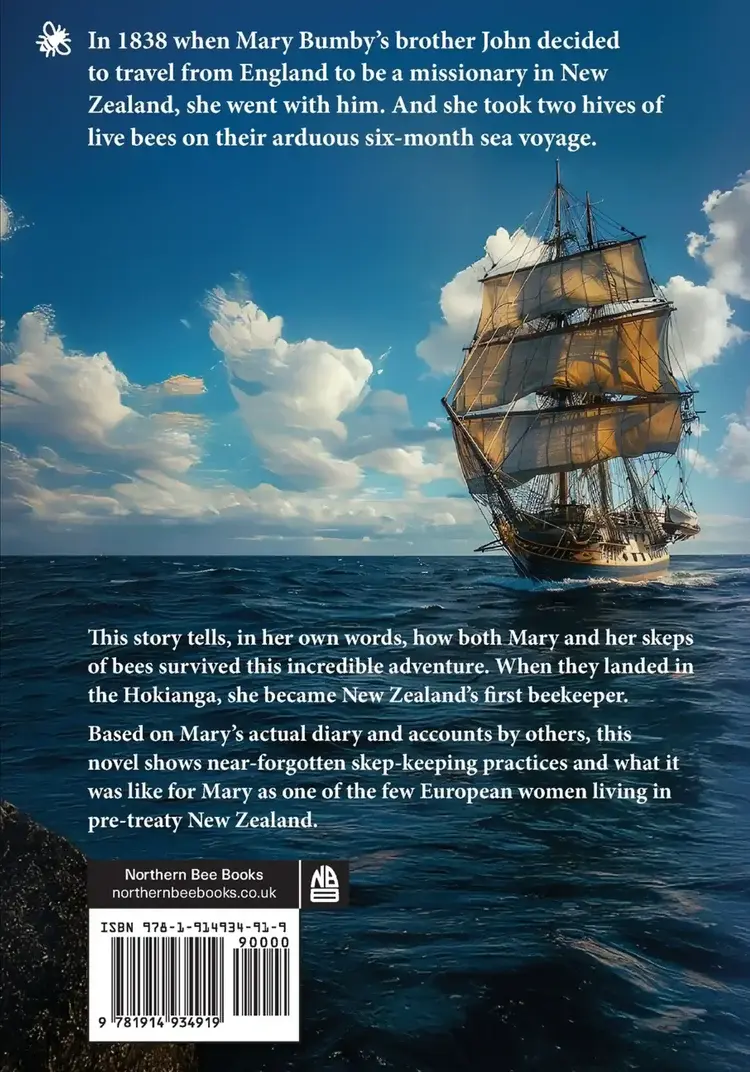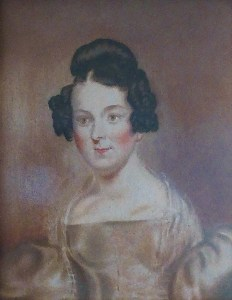Book Review: Miss Bumby’s Mission
- Chris Northcott
- Oct 3
- 3 min read

J M Laird. Northern Bee Books, 2025. 274 pages.
Reviewed by: Chris Northcott
Available: via various online retailers.
Audio book: https://soundcloud.com/theo-gibson-642007912/miss-bumbys-mission-by-jm-laird-read-by-romy-hooper
Note: The reviewer received a free copy of the book from the author for review purposes
Miss Bumby’s Mission is a work of historical fiction, told first-person perspective by the eponymous character. Mary Anna Bumby (1811–1862), was a Yorkshire woman who accompanied her brother John Bumby to New Zealand. Mr Bumby was one of the early Wesleyan missionaries to the Māori, arriving in 1839 and settling in the Hokianga region of Northland.
What makes this story significant to readers of Apiarist’s Advocate is that Mary Bumby was the first person to successfully transport and keep honeybees in New Zealand. She is our first apiarist. Josie Laird’s novel is based on the diaries of Mary Bumby together with other historical as well as recent sources.
Around five years of Miss Bumby’s life are traversed in this book. It covers her brother’s first musings about missionary service in New Zealand, and her departure with him from northern England. It portrays the arduous six-month sea voyage, and the challenges and discoveries of settling and adapting to life in frontier New Zealand. I will not spoil the story by spilling events of her first four years here!

Interspersed through her story is Bumby’s care and interest in her honeybee skeps. The story does not revolve around her bees, but they start and finish it and are a recurring feature throughout (they are, after all, the reason her name is any more than a footnote in New Zealand history). Given the effort required to transport them from Yorkshire to Hokianga, they were clearly important to Miss Bumby.
Readers will be delighted to observe many of the features of beekeeping in the early nineteenth century, and in Bumby watching her bees in a new environment and wondering if the native flora would supply their needs. We are introduced to the making and using of skep hives, considerations about placement and transportation, and the extraction and enjoyment of honey in a frontier setting. Readers also see Miss Bumby teaching her Māori assistants about bees and beekeeping, and discovering the Te Reo words that they created.
One surprising discovery was a hymn on bees written by the eighteenth-century clergyman and hymnist Charles Wesley, that commended the industriousness of worker bees (but not drones!).
The historian in me enjoyed the placement of the story in the historical contexts and events of the time, although I struggled to know what of the story itself to treat as historical fact and what to enjoy as historical fiction. Laird does note that many of the historical facts are unknowable, and that much was invented to create the story (p. 267). Much like watching historical dramas on film, I wanted to keep checking the facts online! But this is unavoidable in the genre of historical fiction, and the bibliography assures readers that the author has done her historical homework.

The book is enjoyable and informative. I valued the serious efforts of the author to show the narrator’s inner thought life as a woman and as a sincere person of faith. We are prompted to consider her experiences as she would have processed them: as a prominent intellectual historian[1] has put it, “to see things [her] way”, rather than inadvertently see things our way—as twenty-first century people—through her eyes.
Miss Bumby’s Mission will be of interest to readers curious about the history of New Zealand around the time of the Treaty, in the origins of Christianity in this country, and in early nineteenth century beekeeping practices. Miss Bumby’s story intertwines all three of these. The story includes, poignantly, tearful scenes of death and illness, uncertainty, vexed decisions and final (or too late) farewells, in a time when modern medicine was still in its infancy, travel took weeks and months, and distanced communication was unreliable.
Life was precarious. Yet through such things, life went on, and Laird’s story of Miss Bumby’s bees is the richer for the human lives they touched.







Comments